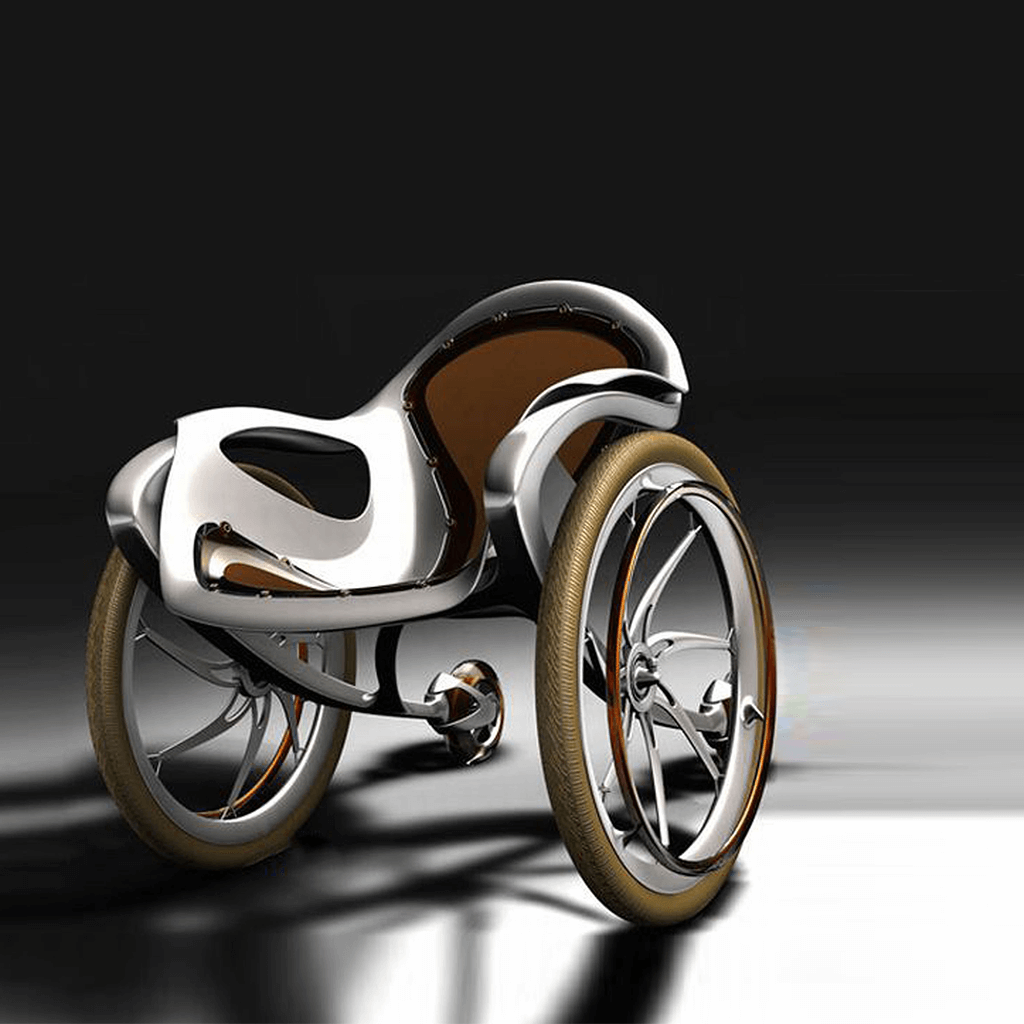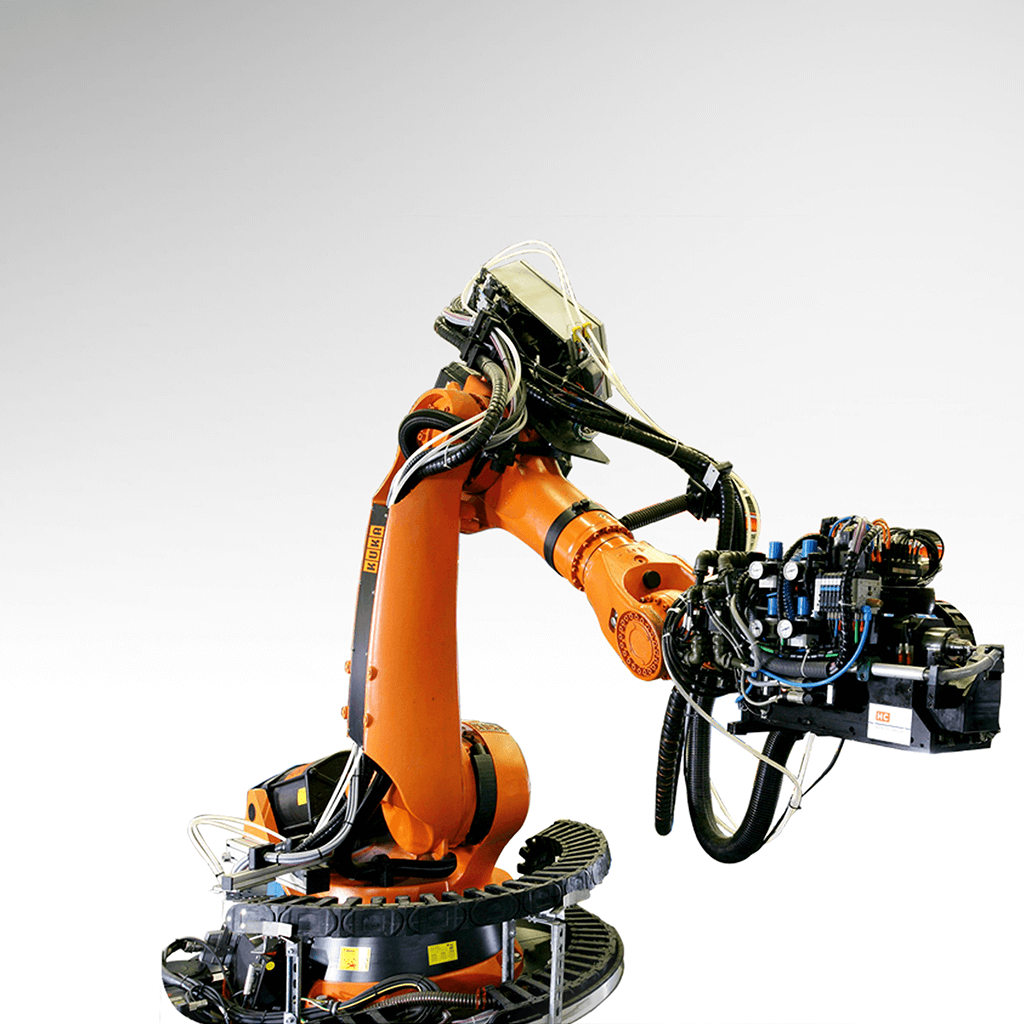Setting sail in outer space
Today, with the number of missions to outer space multiplying, space exploration is regaining a dynamism it hasn’t known since the 70s. Alongside this boom in activity, NASA has developed a solar sail that is being used to propel CubeSats, in partnership with German aerospace centre DLR. Humankind has always braved the high seas with the stars as their guide – now, we set off to conquer outer space with the aid of a sail. This article has been published in the JEC Composites Magazine N°149.

As a result of many technological factors, space exploration has accelerated by leaps and bounds over the last few years. Component miniaturisation has been key to drastically reducing dimensions and weight, leading to the development of satellites like CubeSats. With the view to continual improvement of these devices, NASA is offering a new approach to in-space mobility that harnesses solar radiation. By developing a solar sail system, the American space agency is revolutionising the concept of propulsion. It’s a disruptive innovation that comes with a number of advantages.
A solar sail to generate thrust
When launching spacecraft, the total weight of the object loaded into the launch vehicle is a deciding financial factor. The Advanced Composite Solar Sail System (ACS3) programme has been coordinated by NASA’s Langley Research Center and the Deutsches Zentrum für Luft – und Raumfahrt, its German counterpart, since August 2018. It has effectively resolved this issue by eliminating the need to carry fuel or include an electric propulsion system to propel a vessel or device through outer space. The system, which reached the final stage of its development in May 2022, aims to validate a nanosatellite (such as CubeSat) propulsion concept, which relies on a simple concept.
Discover more videos on JEC Composites Web TV.
It uses an outer solar sail that is deployed and supported using a boom made from composites. Once the Cube-Sat is in orbit, the four composite booms onboard unspool from the spacecraft, forming an X. This x-shaped frame serves to support the four sail segments that deploy next. As the booms are seven metres in length, the sail measures nine metres on each side, for a total area of 81 square meters. The sail’s reflective membrane material is crucial to harnessing solar radiation and developing enough thrust to move the satellite. The sail’s considerable size is an absolute must, since solar radiation pressure is relatively small. This means that a large surface area is required in order to efficiently generate thrust.
Booms that are as light as a feather
The ACS3 booms are made out of a polymer material reinforced with carbon fibre that has resulted from the advances made on thin ply composites in the past ten years. Engineers working for DLR were able to produce booms out of an ultra-thin composite material reinforced by multi-directional fibres. This makes it possible to create a flexible structure that can be folded or wound onto a spool. The spools are placed at all four corners of the CubeSat, and activate to deploy the booms – each of which weighs a mere 900 g, or just shy of two pounds.

Compared to Project Apollo, where all parts were made out of metal, these new booms represent a weight savings of around 75% overall. What’s more, they are 100 times more resistant to thermal distortion in outer space. In addition, they take up less room onboard because they can be rolled for compact stowage. The sail itself weighs a mere 0.5 g for an overall surface area of 81 square meters. As a point of comparison, a peanut kernel weighs about 1 g! The ACS3 programme therefore provides unprecedented means for optimising weight and dimensions.
Soft mobility that’s virtually infinite
Admittedly, this means of propulsion can only travel but so fast. On the other hand, unlike traditional methods for propulsion that rely on accelerations, the advantage of this method is that it can operate continuously. Since the system uses solar energy, its purpose is not to compete with current thrusters in terms of performance and speed, but rather on range. As long as the sail is exposed to solar emissions, it supplies a controllable level of thrust that allows the CubeSat to navigate through outer space just like a ship does at sea, but instead of using wind, it relies on the sun’s rays. In contrast to the wind, solar power in our system is therefore a reliable source of energy for easily another billion years, because it will not run out as long as the sun exists.

Credits: AST&Defense LLC
The limits to the efficacy of this solution, however, reside mainly in the sail’s durability. It may be exposed to impacts from solid materials floating around in space, which could compromise its ability to produce thrust if a hole were to be develop as a result.
A forthcoming maiden voyage and future applications
The launch of the first 12U model CubeSat (23x23x34 cm) fitted with an ACS3 solar sail propulsion system is scheduled for the beginning of 2023. This maiden voyage will allow boom and sail deployment to be validated in low Earth orbit. The efficacy of sail design and shape will also be analysed, with a view to developing…
Want to read the end of this article?
Subscribe now and access to the entire article published in the JEC Composites Magazine N°149.












